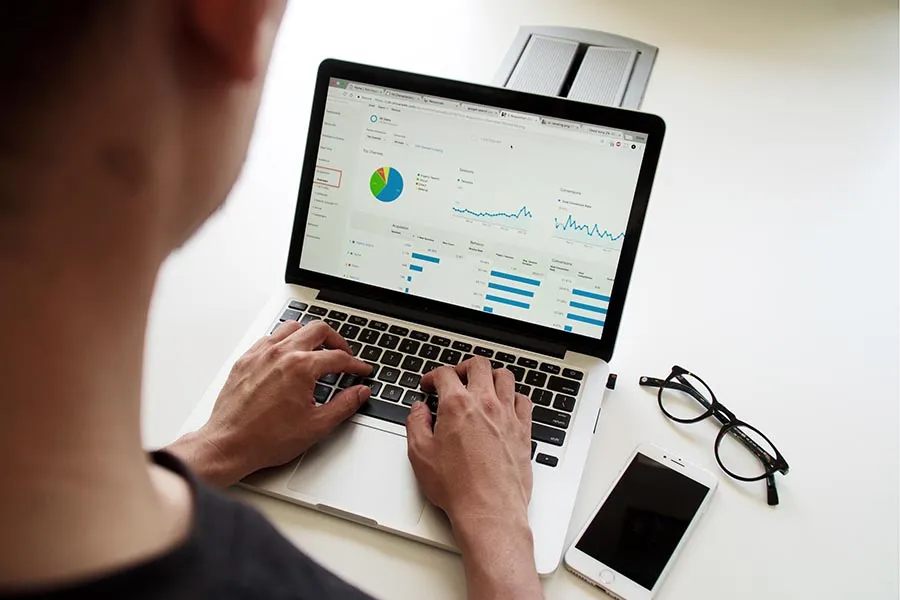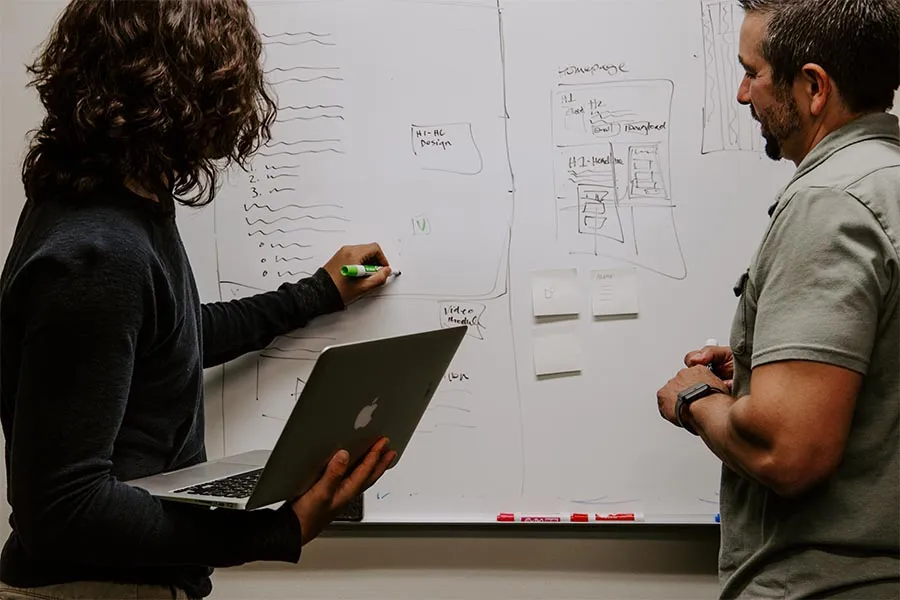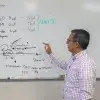Students and professors from the Tecnológico de Monterrey have created the platform www.mexicovid19.mx to monitor and easily access the most relevant health information in the context of the coronavirus pandemic in Mexico.
Through visualization tools and applied research, this platform seeks to be a point of discussion and analysis; reflecting the importance of data for decision-making and for the design of public policies.
“It’s about creating a bond with citizens, to promote awareness and social responsibility. Technology can enable these civic engagement processes.” —Roberto Ponce

This project emerged as a Technological Tools activity for a Social Sciences class; a block of the Tec21 Model.
This model changes the traditional teaching model to make way for training focused on challenge-based learning.
The students are from various degrees and voluntarily participate, giving their time to collect the information and create visualizations of quantitative information.
Tec research professors Roberto Ponce, Grisel Olivera, and Fernando Gómez saw the importance of orienting the programming course around the topic of COVID-19 and the need to systematize and visualize the data and information on the subject.
“It’s a collective initiative between teachers and students The platform is very interactive, allowing you to scroll through the map of Mexico and see the data over time.
“You can monitor states to see the lines of development and select which state to compare with,” Roberto said.

The total number of cases reported as positive for coronavirus varies between the states of Mexico, according to information issued by the Ministry of Health.
“The entire site is updated an hour after the data from the federal authority is published. We use the official source to make the visualizations more friendly and dynamic for the public, generating citizen participation and awareness,” Roberto told CONECTA.
Although it is important to bear in mind that variations exist, it is also important to separate out the number of accumulated cases, and how such data behaves when graphed according to the reporting date.
However, for various reasons ranging from arguments about the sub-report to mistrust, a debate has begun on whether or not to analyze official data. Even so, it is the only public data available.
“The federal government is taking important actions, but curiously, much of the responsibility falls on the state and municipal governments,” Roberto explained.
He noted that the municipalities are the ones that are taking a lot of isolation measures, decisions such as closing parks and commercial establishments, this being a municipal instruction that hardly reaches the national press.
“We want the platform to be a rich source of information that analyzes the states that have flattened the curve, as well as what kind of measures they are taking with regard to economic issues,” he explained.

The teachers mention that they are also working on a research document that will form part of the site, in which Mexico’s states have been classified according to the measures they have taken in terms of isolation, economy, insecurity, and transparency in the published data.
“It’s nice to work with young people because they have all the energy, passion, will, and idealism to help. They commit their time and energy to a project for which they do not receive payment but in which they believe; they want to contribute to society through information,” concluded Roberto.

READ MORE NEWS AT CONECTA:





